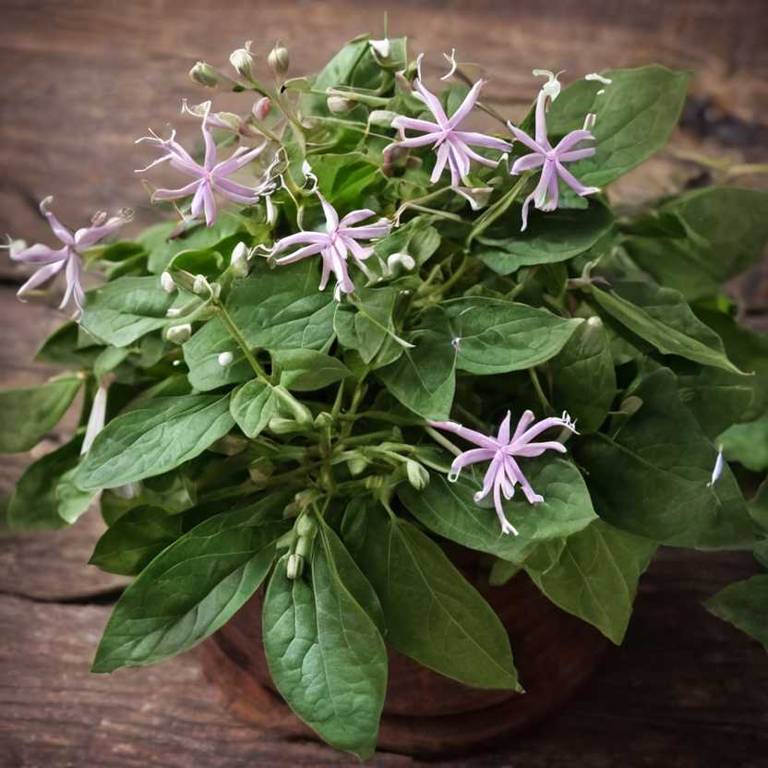Clerodendrum Trichotomum: What To Know Before Using It For Medicinal Purposes

Clerodendrum trichotomum, commonly known as the three-branched glorybower, has been traditionally used in herbal medicine for its various therapeutic properties.
The plant contains bioactive compounds such as flavonoids, alkaloids, and terpenoids, which contribute to its medicinal value. It has been used in folk medicine to treat ailments such as malaria, fever, and skin infections due to its antimicrobial and anti-inflammatory effects. Additionally, the leaves and roots of Clerodendrum trichotomum are sometimes employed in the treatment of respiratory disorders and as a tonic to improve overall health.
However, more scientific research is needed to fully validate its efficacy and safety for modern medicinal applications.
Health Benefits
Clerodendrum trichotomum has several health benefits, such as its traditional use in treating respiratory conditions like coughs and asthma due to its anti-inflammatory properties.
It is also believed to have antimicrobial effects, which may help in combating bacterial and fungal infections. The plant contains compounds that may support the immune system, making it useful in preventing illnesses. Additionally, it has been used in herbal remedies to alleviate symptoms of digestive issues such as indigestion and stomach discomfort.
Overall, Clerodendrum trichotomum is valued for its potential therapeutic properties in traditional medicine.
10 Best Health Beneift of Clerodendrum trichotomum
Bioactive Constituents
Clerodendrum trichotomum has several bioactive constituents, such as flavonoids, alkaloids, and terpenoids, which contribute to its medicinal properties.
These compounds exhibit antioxidant, anti-inflammatory, and antimicrobial activities, making the plant valuable in traditional and modern medicine. Flavonoids, in particular, are known for their ability to scavenge free radicals and protect cellular structures from oxidative damage. Alkaloids from the plant have shown potential in treating infections and managing inflammatory conditions.
Additionally, terpenoids contribute to the plant's ability to modulate immune responses and support overall health.
Medicinal Preparations
Clerodendrum trichotomum has several medicinal preparations, such as teas, tinctures, and topical salves, which are traditionally used in various cultures for their therapeutic properties.
The leaves and roots of the plant are commonly boiled to make teas that are believed to aid in treating respiratory conditions and digestive ailments. Tinctures prepared from the plant's extracts are often used to alleviate pain and reduce inflammation. Topical applications of the plant’s oils or poultices are employed to address skin irritations and wounds.
These preparations are valued for their potential antimicrobial, anti-inflammatory, and analgesic effects, though scientific validation of their efficacy continues to be explored.
Side Effects
Clerodendrum trichotomum can have some side effects, such as gastrointestinal discomfort, including nausea, vomiting, and diarrhea, due to its bioactive compounds.
Prolonged or excessive use may lead to liver toxicity, as some studies suggest it can affect hepatic function. Skin irritation or allergic reactions may occur upon direct contact with the plant's leaves or sap. Ingestion of large quantities may result in more severe symptoms, such as dizziness or respiratory distress.
It is important to consult a healthcare professional before using this plant for medicinal purposes to minimize potential risks.